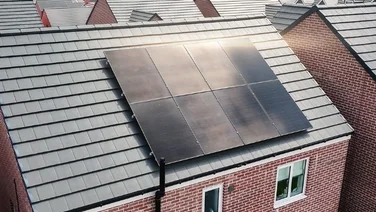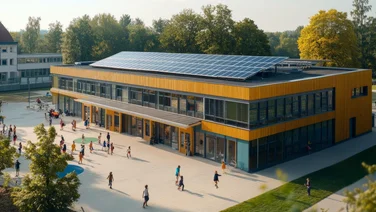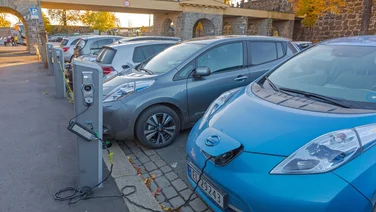- Deforestation in Colombia rose to a record high in 2017
- It has now decreased by 36% since 2022 due to conservation efforts in the Amazon
- Forest loss fell from 1,235sq km in 2022 to 792sq km in 2023

Colombia’s government has made huge efforts to cut deforestation levels in the Amazon rainforest
Good news from Colombia, where deforestation fell by 36% in 2023 – its lowest level in 23 years, with most gains being made in the Amazon rainforest, according to government figures.
In total, deforestation fell from 1,235sq km in 2022 to 792sq km last year. It is the second successive sharp decrease in deforestation, and it means tree loss fell by 54% between 2021 and 2023, well above the national target of 20%.
This comes after Colombian president Gustavo Petro launched an ambitious strategy in 2022 to fight deforestation by working with indigenous groups to improve economic conditions in 22 deforestation hotspots.
The government also increased surveillance to stop logging and limited agribusiness expansion into the forest, as well as creating reserves where indigenous communities could harvest rubber, acai and other non-timber forest products.
Key to this is paying farmers to protect the land and speaking to armed groups who are the de facto authority in deforestation hotspots.
To keep up the momentum, the government has also called on rich nations to cancel foreign debt in order to help the country in its fight against deforestation.
Colombia, the world’s second most biodiverse nation, after neighbouring Brazil, is due to host the Cop16 biodiversity conference in Cali from 21 October – 1 November this year.
Susana Muhamad, Colombian environment minister, said: “
[2024]
is a truly iconic year in this fight against deforestation.”
Muhamad stated that Colombia is “committed to the development of a solid forestry economy that contributes to the goals of zero net emissions.”
According to Rodrigo Botero, director general of advocacy group the Foundation for Conservation and Sustainable Development (FCDS), this drop decrease in deforestation is also tied loosely to FARC guerrillas who forbid deforestation in several regions of Colombia.
Colombia has a poor history of deforestation, which reached an all-time high after a peace deal with the FARC in 2016 left a power vacuum.
In 2020, the country lost 171,000 hectares of forest, an area twice the size of New York City, which accounted for 2.6% of global deforestation.
Muhamad explained that there is a “direct association” between peace and the outcome of deforestation.
However, as recently as July 2024, peace talks have broken down, with the Central General Staff (EMC), an armed group that controls vast areas of the rainforest, reneging on a deal to ban logging.
Angelica Rojas, a liaison officer for the Guaviare department at the FCDS, said this is likely to be reflected in deforestation figures as the EMC has “been limiting access of state officials into the forests and pressuring local communities to cut down trees.”







